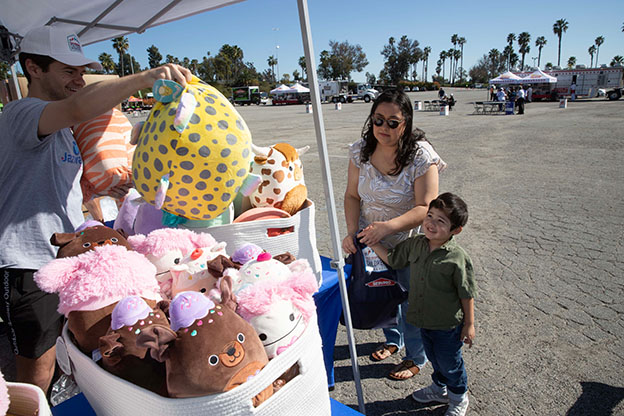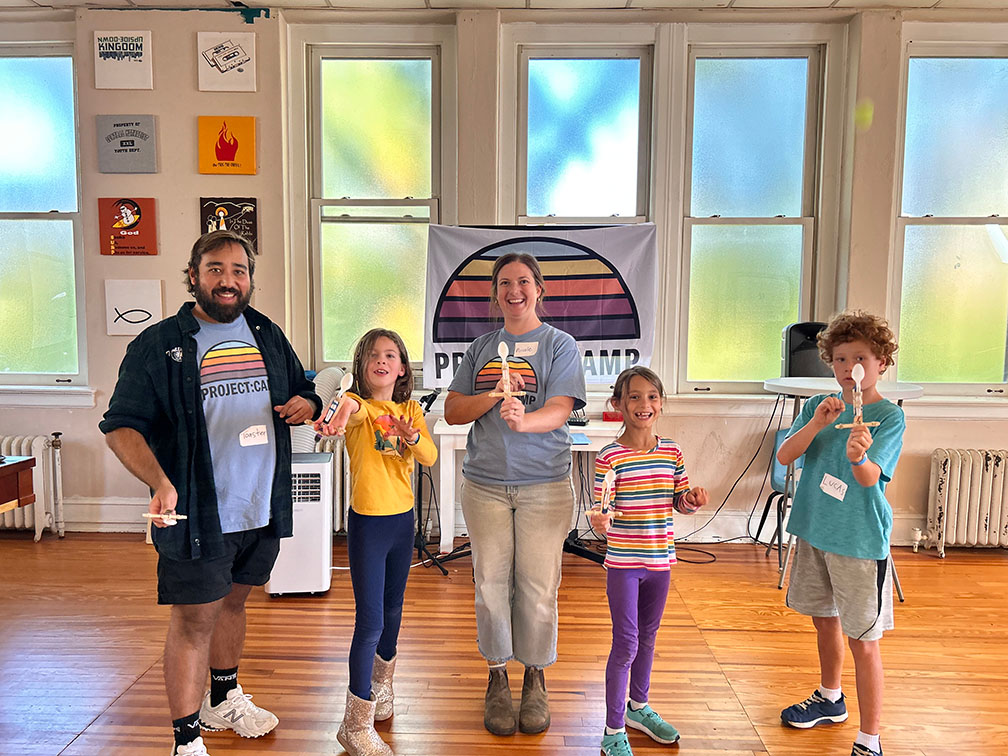The 2024 hurricane season is underway—and it could be one of the most destructive on record.
Forecasters at the National Oceanic and Atmospheric Administration (NOAA) are predicting an 85% chance of an above-normal season and only a 5% chance of a below-normal season. A confluence of weather phenomena, including near-record warm ocean temperatures in the Atlantic Ocean and La Niña conditions in the Pacific, will very likely create above-normal storm activity.
NOAA predicts these weather conditions will result in 17 to 25 named storms. Of those, 8 to 13 are forecast to become hurricanes, including 4-7 major hurricanes (category 3 or higher). Forecasters have a 70% confidence in these ranges.
With NOAA’s dire prediction for 2024’s hurricane season, it’s more important than ever for nonprofits and companies to act with urgency in their preparations.
“Already, we are seeing storms move across the country that can bring additional hazards like tornadoes, flooding and hail,” said FEMA Deputy Administrator Erik A. Hooks. “Taking a proactive approach to our increasingly challenging climate landscape today can make a difference in how people can recover tomorrow.”
As we prepare for the remainder of the hurricane season, here are some key considerations to keep in mind:
Pre-position funds and supplies: At Good360, we continually emphasize to our partners the importance of prepositioning critical supplies. By strategically storing goods in proximity to areas at high risk of being affected by hurricanes, organizations can ensure faster response times and better support for communities in need, particularly those in historically marginalized communities. To set ourselves up for more effective response nationwide, Good360 itself is creating the largest shared warehouse network in the disaster space.
If you have an inventory of relief supplies, we encourage prepositioning them in strategic locations or with partners who can properly store them. (Learn more about how Good360 is prepositioning disaster relief with nonprofit partners such as GAF.)
Additionally, consider how you can “preposition” financial aid. Identify nonprofit organizations and charities that you know will need help in the event of a disaster, and communicate to them that you will have emergency funding available immediately. This allows NGOs to plan ahead and respond faster when disaster does strike.
Finally, recognize that no single organization or agency can do it all—not even the federal government. Private funders should identify areas where their unique strengths or assets can be of service in a time of need, whether those are physical goods, warehouse space, shipping, skilled or unskilled volunteers, or funding.

Keep reaching out to partners: Working on partnerships across sectors (nonprofit, public, private and community) in blue-sky times is essential to disaster recovery built upon resilient response principles. We know that communities that are organized in advance fared better than others that are less prepared.
During a disaster, communication is critical to an effective response. But you don’t want to be trying to forge new relationships and navigate unfamiliar protocols while trying to respond to your community’s urgent needs. Ensure you have partners on the ground who can provide an accurate assessment of current needs.
Good360 recommends putting together a disaster plan, setting aside a budget, identifying disaster partners, collaborating with local partners and leveraging technology to streamline disaster response—before a catastrophe strikes.
Watch for signs of disaster fatigue: 2023 was a historic year for billion-dollar weather and climate-related disasters across the U.S. Meanwhile, climate change continues to increase the severity and frequency of extreme weather events around the globe. So it’s no wonder that many of us are feeling like we’re just living from one disaster to the next. Fight disaster fatigue by making your fundraising or partnership appeals as relevant to your target audience as possible. Instead of speaking in general terms about disaster, give donors a very specific and tangible idea of how their contributions will help.
Through our impact stories, Good360 highlights exactly how donated products from our partners end up directly serving communities in need. For example, our partnership with Amazon allowed Miracle Mission Hope House in Georgia to supplement their popular food pantry with a wide range of household goods, including toiletries, kitchen items, toys, electronics, sneakers, blankets and sheets.
“Our recipients are always grateful for anything we can provide for them, but you should have seen their faces when they saw things like new toys. It was like Christmas!” said Miracle Mission Hope House founder Marlene Lemons.
Plan for the long-term: The vast majority of disaster response happens in the first weeks of a catastrophe. In fact, 80 percent of giving comes within the first six weeks (per Global Giving). But communities often take months or years to fully recover. Consider the full range of critical needs throughout the life cycle of a disaster. Provide immediate relief when necessary but also plan for the long haul by making funds and in-kind support available throughout the recovery process. (Read more about how Good360 approaches disaster recovery in five distinct stages.)
At Good360, we look at disaster response in terms of months and years, not weeks. We stay in affected communities long after the media has moved on, and look for ways to support the needs and resiliency of survivors for the long haul. For example, 15 months after devastating tornadoes ripped through southwestern Kentucky, Good360 was still helping to provide temporary housing through our partnership with Dow. We were also able to provide materials for families to rebuild their homes, including lumber, shingles, flooring, and bathroom and kitchen hardware.
Think beyond disaster-specific relief: Disaster relief doesn’t need to be limited to organizations that provide direct disaster aid. If you’re working in education, health, animal welfare or the arts, for example, times of disaster are prime opportunities to think creatively about applying your organization’s capabilities to help out. If you’re a corporation looking to help, think broadly about the nonprofits and charities you might want to work with in a disaster. It could be an organization helping to solve youth homelessness, an animal shelter or a group home for foster children — all could be partners in building resilient communities.
Good360 has worked for years with Tempur Sealy to provide new mattresses to nonprofits that are addressing a wide variety of populations, including homeless veterans, homeless youth, adults with disabilities, the working poor and breast cancer survivors.
In one recent initiative, Good360 and Tempur Sealy were able to provide mattresses to The StoreHouse, a nonprofit that aims to reduce the effects of poverty on low-income families in western Michigan. In addition to receiving Tempur-Pedic beds, The StoreHouse also sourced from Good360 sheets and other home necessities such towels, personal care items, cleaning supplies, and more.
“After the hard work of housing numerous families experiencing homelessness over the last few weeks, we found that some had no home furnishings to bring with them. Some only had clothes on their backs and a couple of bags,” said Jana Routt of United Way Lakeshore, the nonprofit that distributed the goods from The StoreHouse. “This impact is helping to restore the dignity of many who struggled while experiencing homelessness.”
If you are interested in working with Good360, here are ways you can make a difference this hurricane season.








